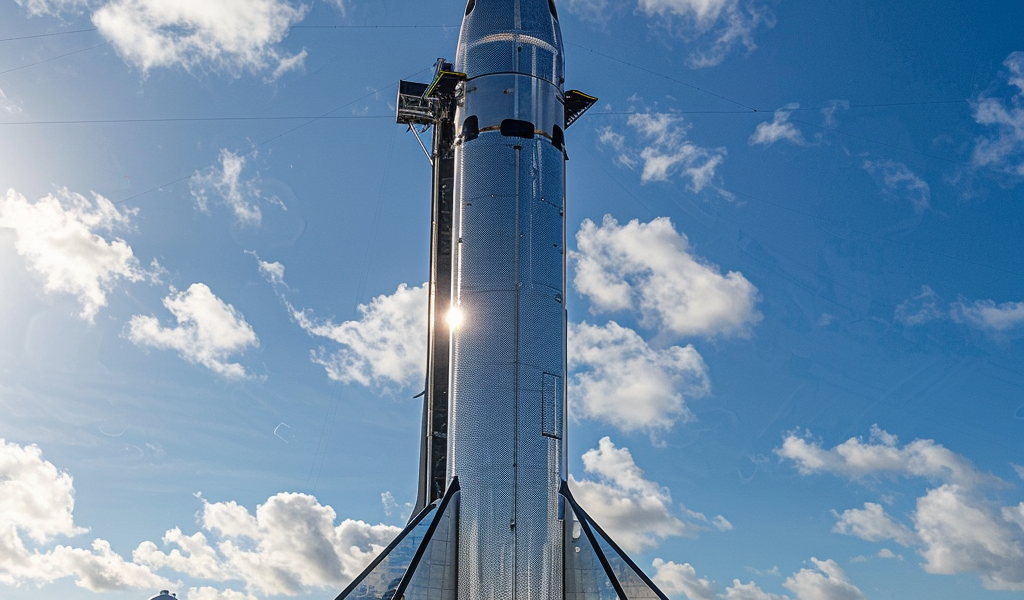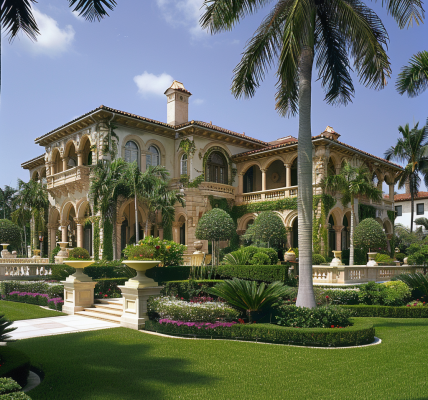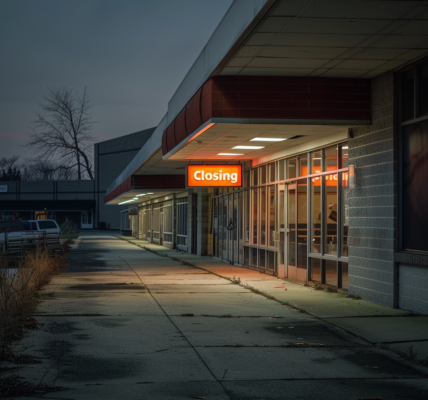SpaceX’s ambitious plans to launch its Starship-Super Heavy rocket up to 44 times a year from NASA’s Kennedy Space Center in Florida have hit a roadblock as its rivals, United Launch Alliance (ULA) and Jeff Bezos’ Blue Origin, have raised concerns over environmental and safety issues.
The Starship rocket, touted as the world’s largest, consists of SpaceX’s Super Heavy booster rocket and the upper stage spacecraft known as Starship or ‘Ship,’ capable of carrying up to 100 astronauts. After several design iterations, the rocket now stands at an impressive height of 492 feet, surpassing the iconic Saturn V and NASA’s Space Launch System in size.
Before SpaceX can obtain a launch license for its operations at Kennedy Space Center, an environmental impact statement is required by the Federal Aviation Administration (FAA). This statement will assess the potential effects of SpaceX’s launches on the local environment, wildlife, and communities. Currently, the FAA is in the consultation phase, allowing input from various stakeholders.
Blue Origin, in a 3-page letter to the FAA, has raised objections to SpaceX’s plans, proposing a cap on the number of launches to minimize environmental impact and ensure community safety. They have also highlighted the significant amount of liquid methane fuel the Starship-Super Heavy will carry, emphasizing the potential risks associated with its flammability.
As SpaceX navigates through the regulatory process, the company faces opposition from its competitors, who are advocating for stricter regulations to safeguard the environment and local communities. The outcome of these deliberations will not only impact SpaceX’s launch frequency but also set a precedent for future commercial space endeavors.





